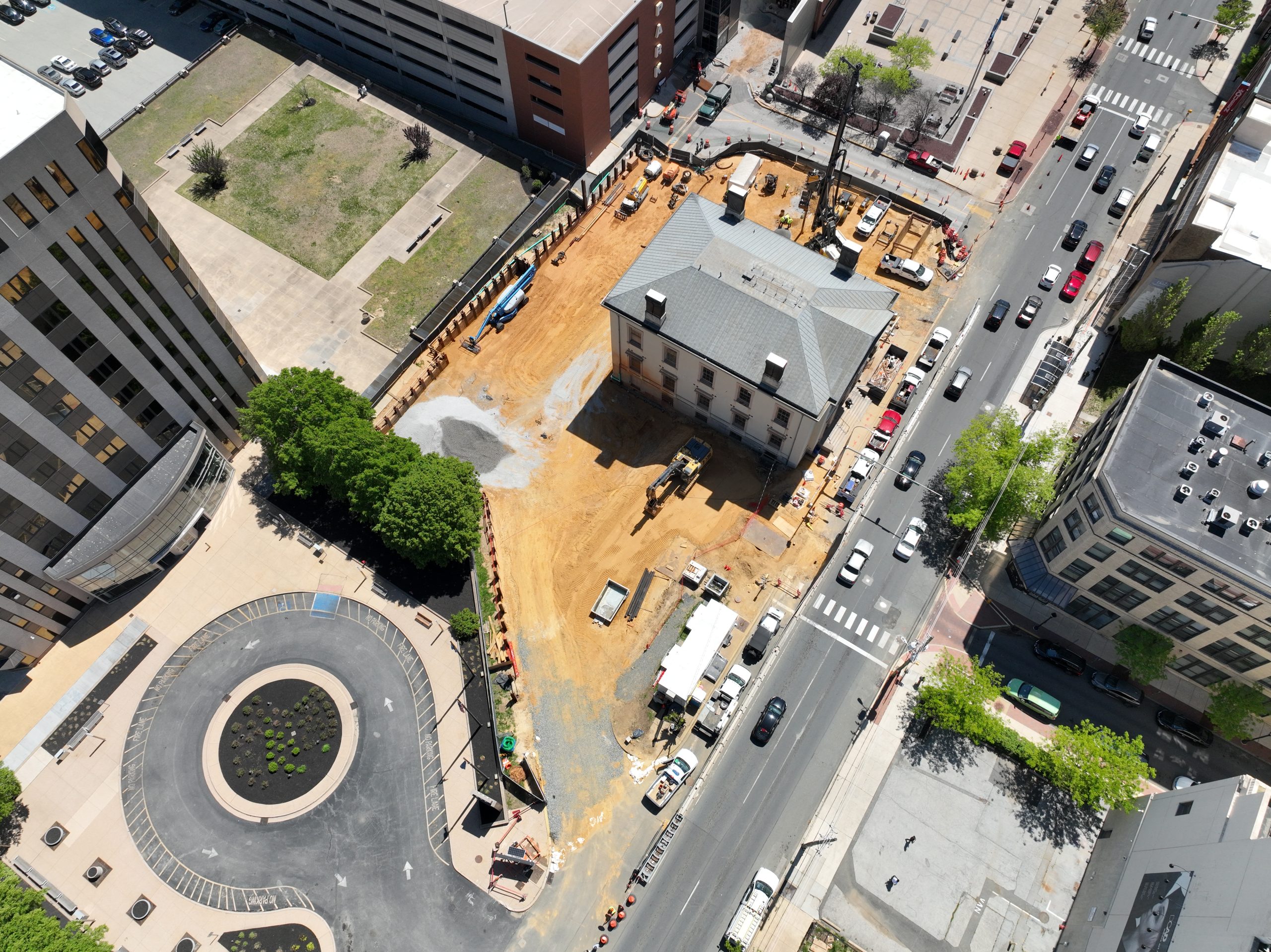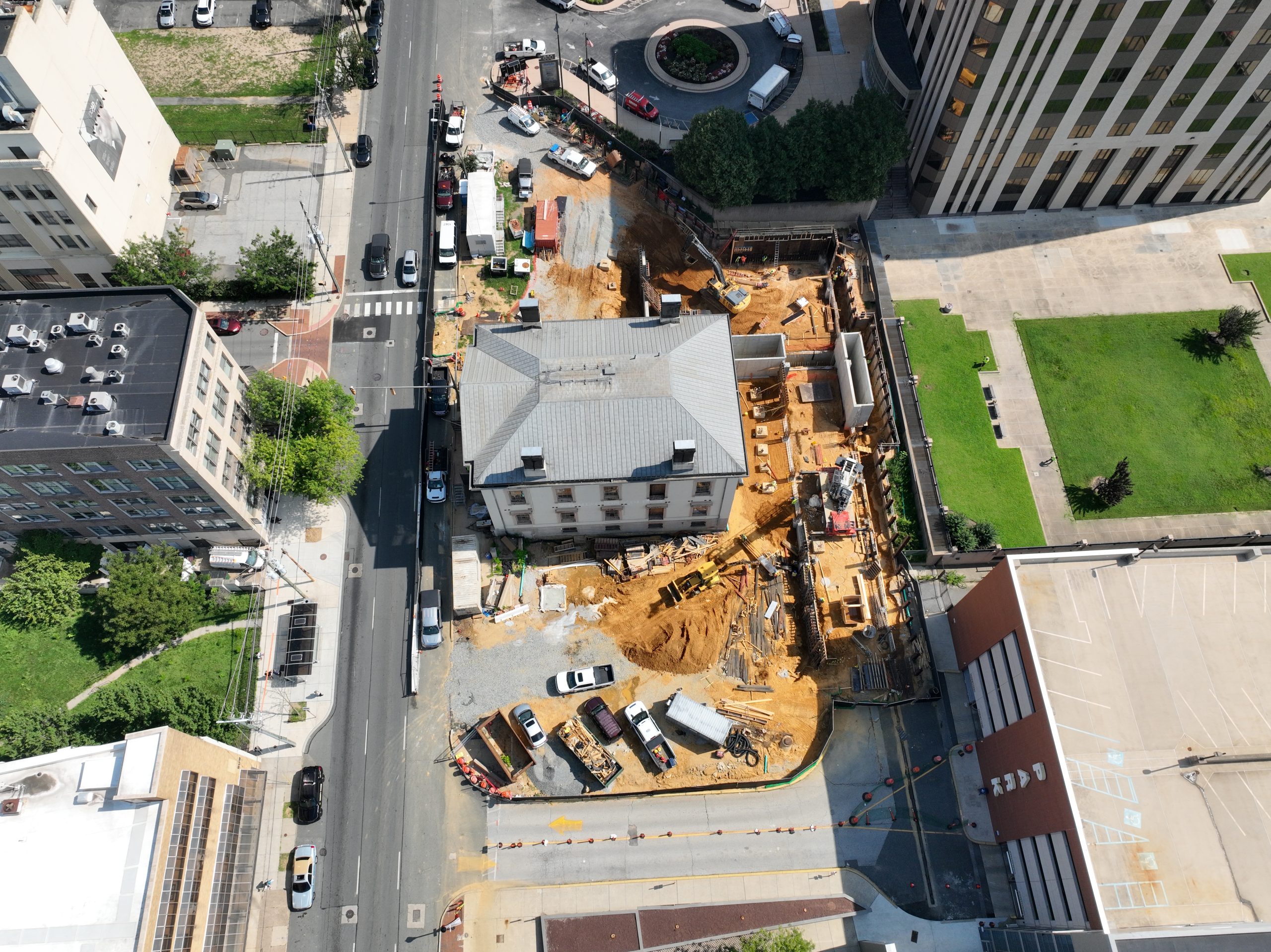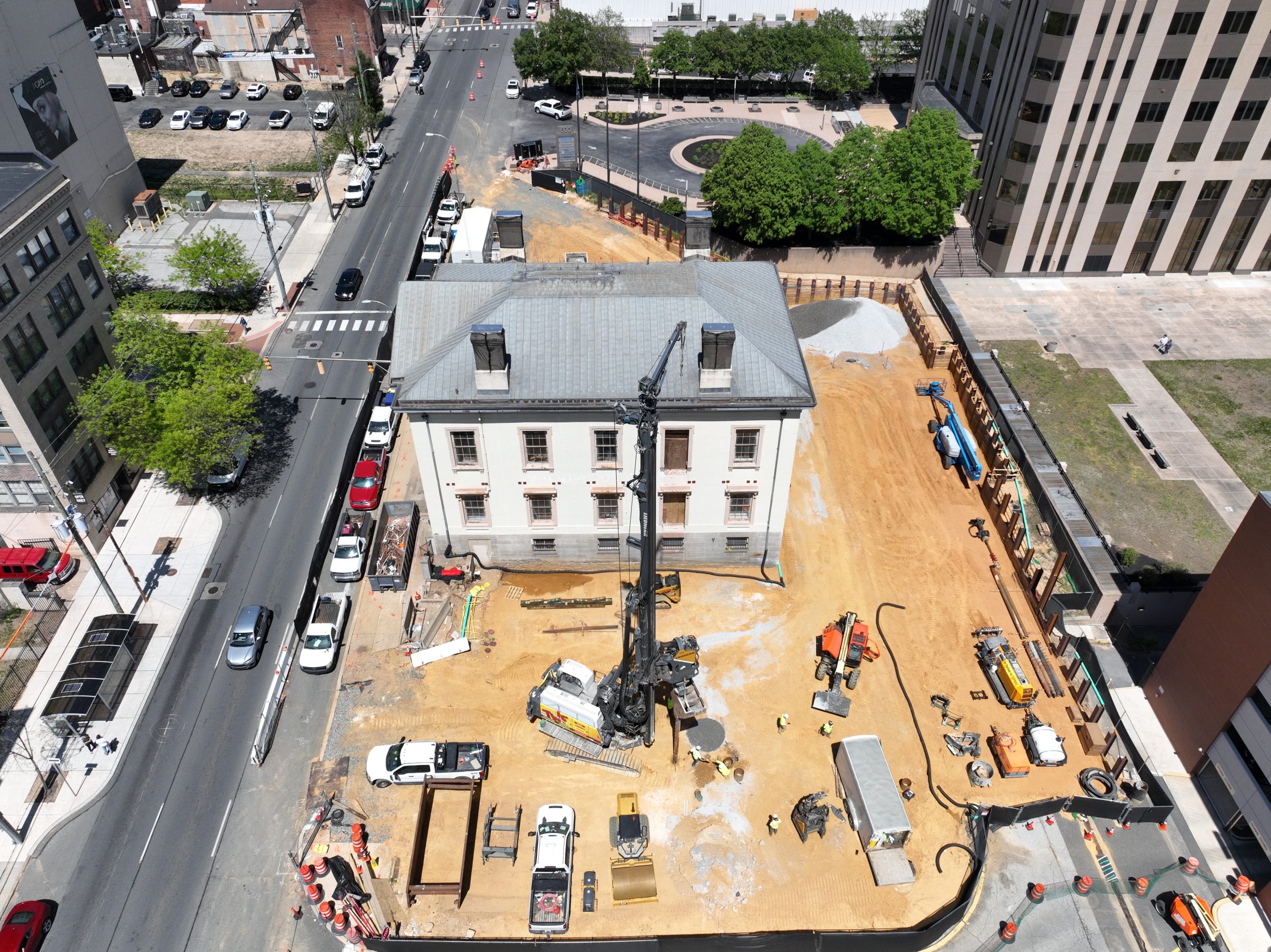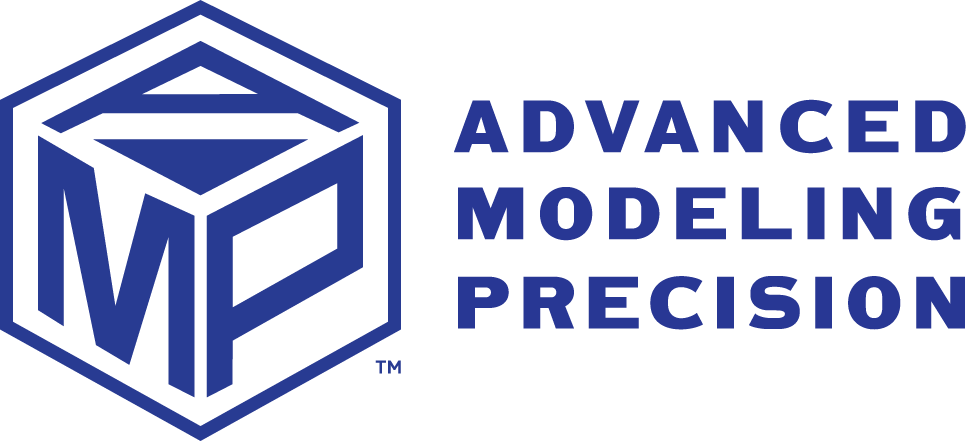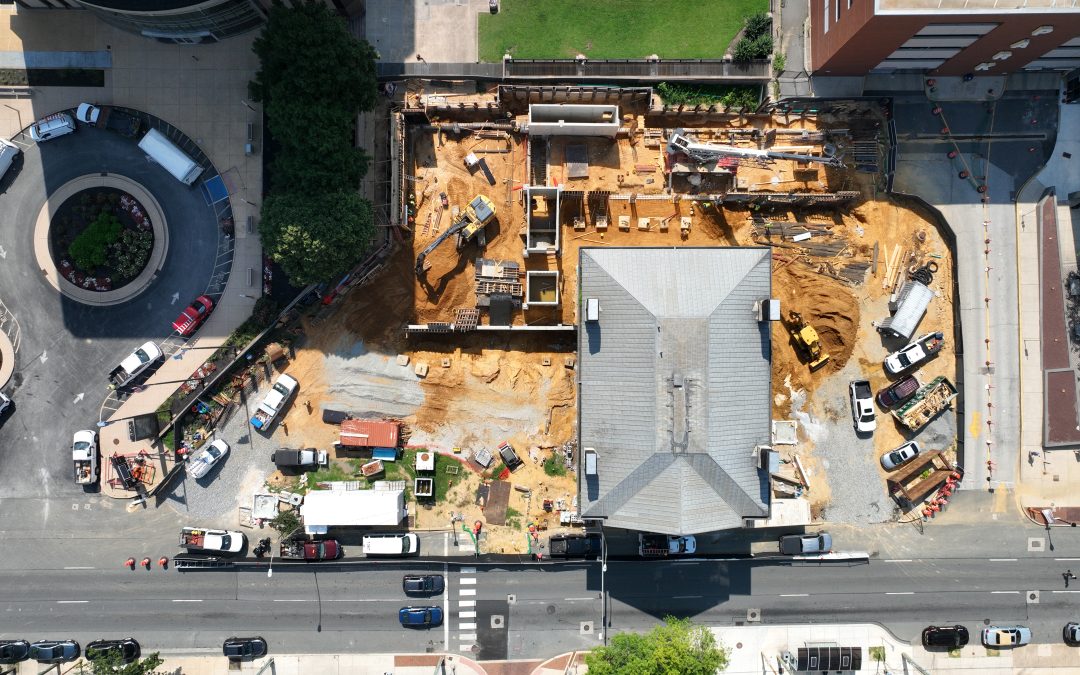When you think of historic preservation, you probably imagine dusty archives and delicate work with chisels and brushes—but at Wilmington’s Custom House, history is meeting the future, with AMP.
We’re talking drones flying through 170-year-old hallways, lasers scanning every brick and stud down to an eight of an inch, and AI-powered clash detection preventing things like the air handler literally not fitting in the attic.
The Custom House isn’t just a renovation—it’s a reinvention. Here’s how we’re making history by blending cutting-edge construction technology with the craftsmanship of the past.
Step One: Laser Scanning – Seeing the Unseen
What if we told you we can measure a building down to the millimeter—without ever touching it?
That’s exactly what our AMP team is doing with high-powered laser scanners. These scanners generate a precision 3D point-cloud model of the Custom House, allowing us to understand the details that make it unique while providing the design and construction team all they need to know to plan for the renovations.
🛠 Why It’s Game-Changing:
✅ Removes guesswork – We know what we’re working with before a single hammer swings.
✅ Reduces surprises – Hidden structural issues? We see a lot of them in the scan, and pass that information on to your architect and builder to solve before construction starts.
Step Two: Clash Detection – Identifying Problems Before They Exist
Without AMP’s work, you’d discover conflicts mid-build—and by then it’s already too late. You’re losing money undoing and redoing work to fix errors, or completely stopping progress – and blowing your schedule by weeks. With contractors and tradespeople sitting idle not knowing when issues will be fixed, your risk – and cost – multiplies. By a lot.
With AMP’s work, starting with clash detection, we virtually overlay architectural, mechanical, electrical, and structural designs into a single coordinated model that identifies potential problems early. This means that before construction even starts, we are in problem solving mode.
📏 Why It’s Game-Changing:
✅ Know what you’re getting into – Start solving problems now, not waiting until they are uncovered in the field.
✅ High-performing coordination – Architects, engineers, and contractors working from one source of truth.
Step Three: Field Point Review – Trust But Verify
Once you introduce the human element, even with the best plans construction is never 100% predictable. That’s why the AMP team does constant field verification reviews —verifying that what’s supposed to happen, is happening in real life, and the work matches the model at every stage.
🔍 Why It’s Game-Changing:
✅ Precision accuracy – We catch small issues before they become big problems.
✅ Efficiency boost – Fewer corrections, faster progress.
Step Four: Drone Deploy – A Virtual Tour in Real-Time
Yes, we’re actually flying drones inside the Custom House. Why? Because when you can track every step of construction in 360 degrees, nothing gets missed. Plus, it’s just cool.
📹 How It Works:
- We pre-program interior drones with a flight plan to fly a set path every week.
- This creates a virtual 360° walkthrough—a real-time look at progress, accessible from anywhere.
- The result? Instant quality control, fewer site visits, and increased transparency.
🚀 Why It’s Game-Changing:
✅ Live progress tracking – No more waiting for updates.
✅ A visual timeline of work – You can go back in time to see what happened before. Like look at what you put in behind walls after the drywall is up.
Preserving the Past, Building the Future
By using lasers, AI, and drones, we’re proving that historic renovation doesn’t have to mean historic methods.
The Custom House is a symbol of Wilmington’s past—and with technology, we’re making sure it’s also a symbol of its future.
Want to see the transformation in action? Check out these images from our 360 tour of this historic building down to its bare bones!
